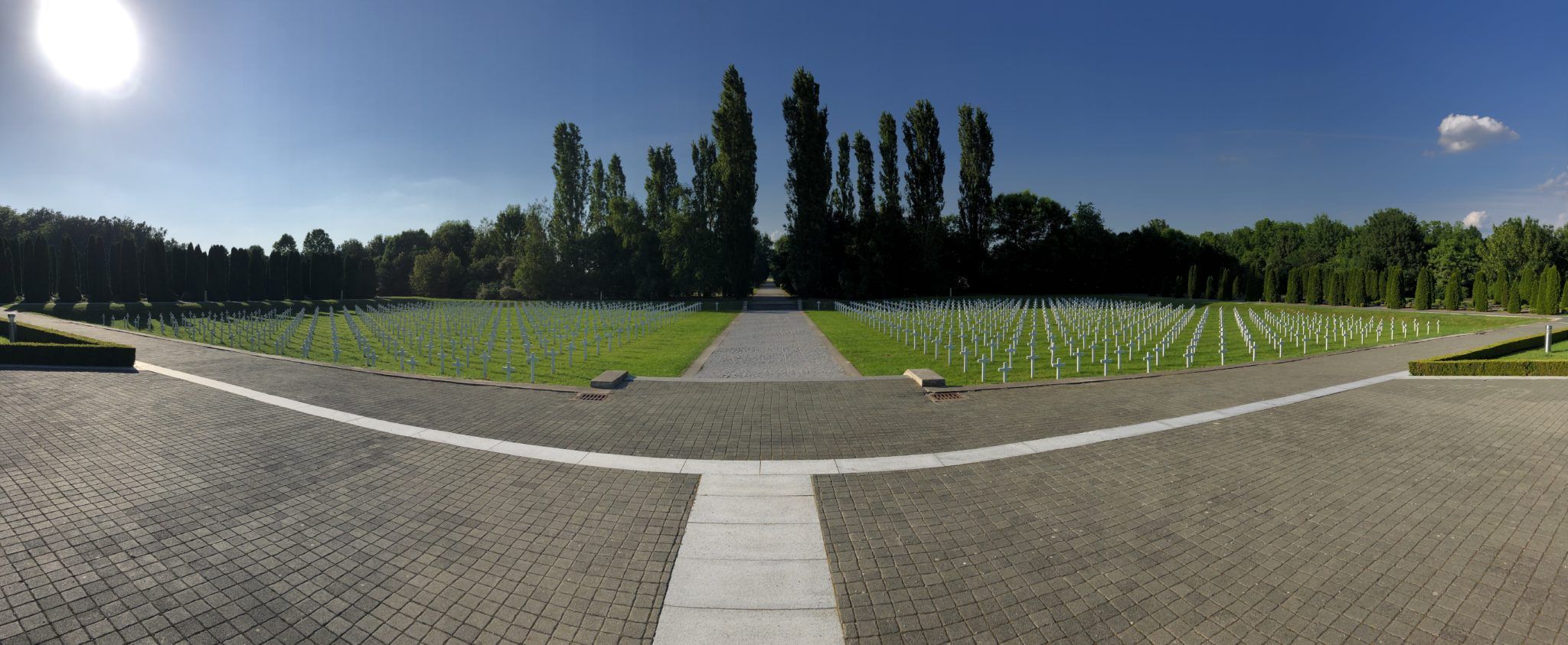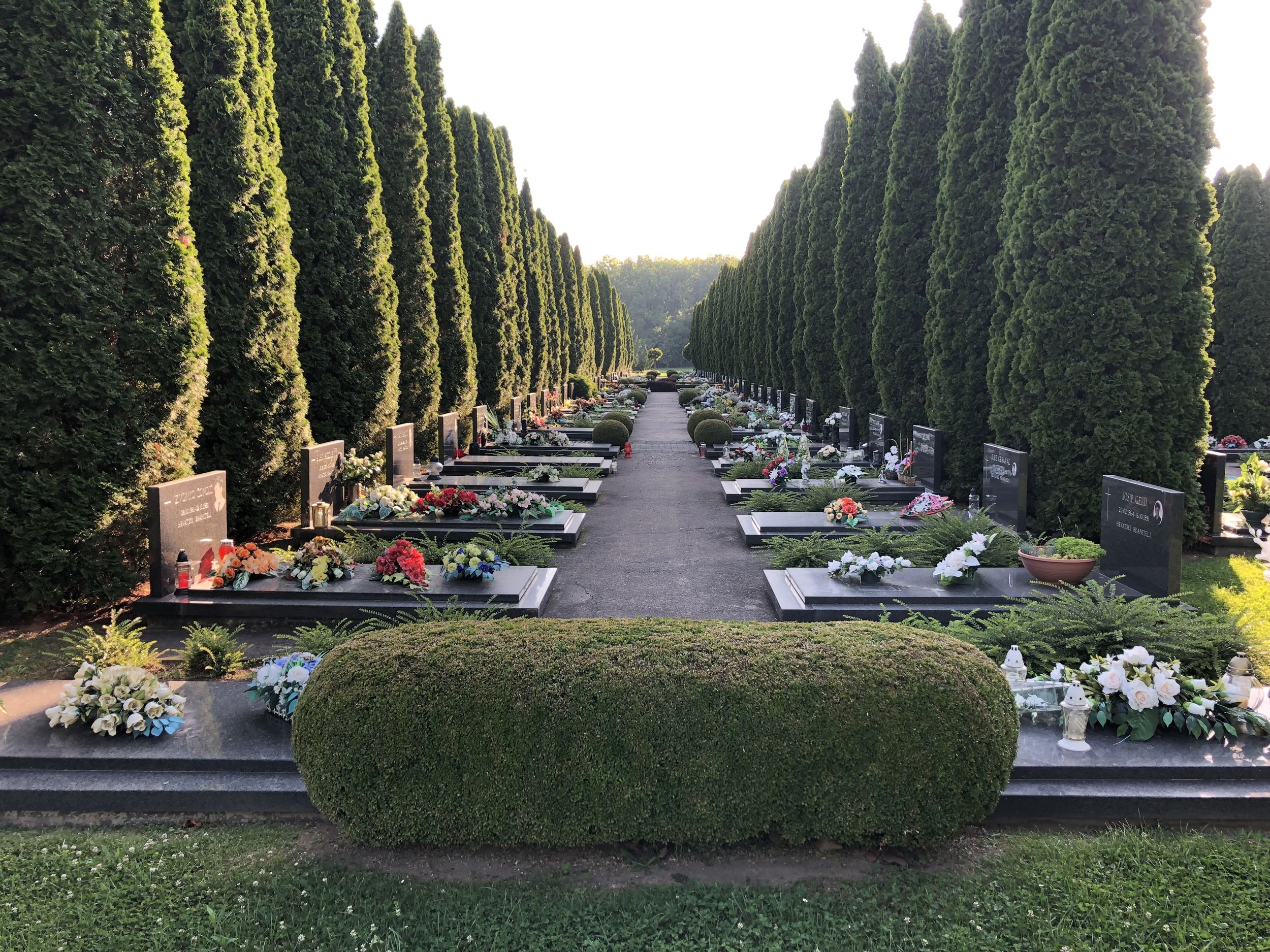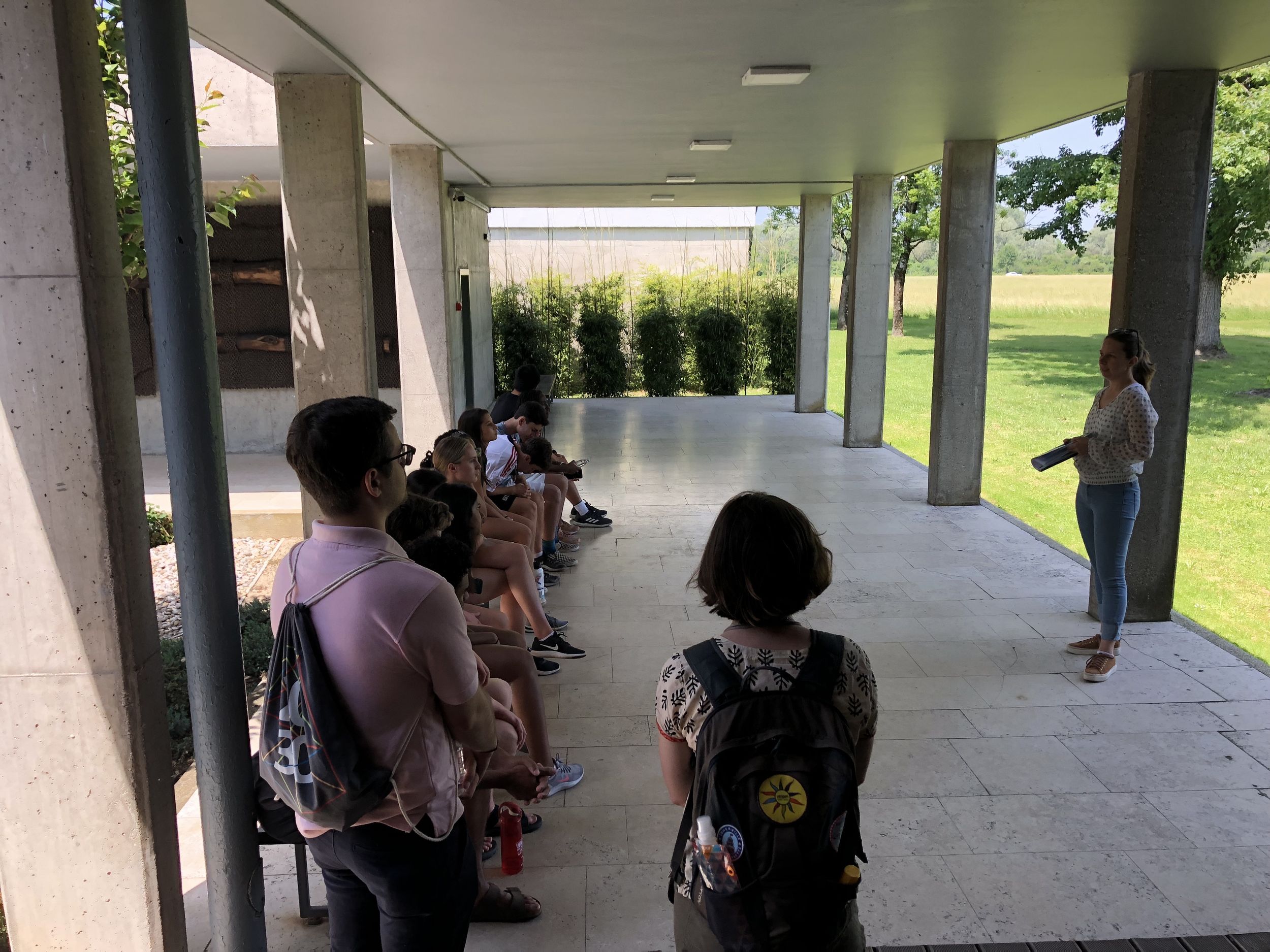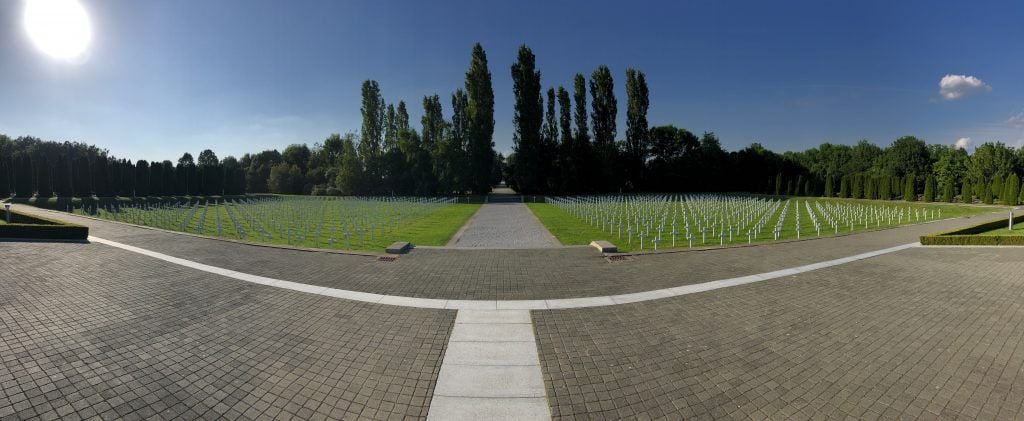Throughout the last couple of days the group has visited Jasenovac and Vukovar, Croatia, making stops at several memorial sites, Christian Odenius ’22 reflects on his experience.
From a country of daffodil-colored highway tollbooths (modern ones, to be sure) and quaint city marketplaces, you’d expect a rich history; one of warfare, yes, but also of immense prosperity. And you will find such a history in Croatia. Croatia served as the Austro-Hungarian front line in its battle against the Ottomans, and it has been a cultural melting pot since the Ottoman invasion of the Balkans in the fourteenth century. But it wasn’t until this twenty-first century that you could say Croatian goings-on might be considered current events rather than history.
According to our tour guide in Zagreb (smart dude, Luka was), the nineteenth century began with World War I and a hasty entrance into the Kingdom of Yugoslavia with rival-state Serbia. In the following decade, a Serbian parliament member killed five of his Croatian colleagues in cold blood, triggering the rise of a Yugoslav dictatorship. In the 1940s, Croatia’s Ustashe regime declared its independence and allied itself with the Third Reich. Nazi officials noted the cruelty of Ustashe concentration camps—though they were a Nazi invention. These camps detained Jews, Gypsies, and Serbs as they worked and awaited their slaughter. Toward the war’s end, Ustashe soldiers laid ruin to their concentration camps to destroy evidence of their war crimes. We visited the Jasenovac Camp Memorial and found what might as well be pastureland. Chaos was everywhere and every when, but such history now camouflages itself among the green landscape and a world of drab journalistic vernacular that includes such phrases as European Union and coalition-government. Those institutions, those beacons of order, did not exist in the twentieth century.
Then the nineties—inescapably recent. For the US, they were Pulp Fiction and the Internet. For Croatia and Croats in Serbia and Bosnia, they were bloodshed and torture, often in death camps. The Yugoslav War seared itself into the Croatian consciousness, civilians and all. Luka told us that, all of a sudden, his children’s sticker collection moved from the subject of animals to the military, and, rather than trade crows, children traded Kalashnikov’s. The war was an ubiquitous presence and too tragic to ever have been a current event, except to us Americans.
Click here for more pictures of the trip.





